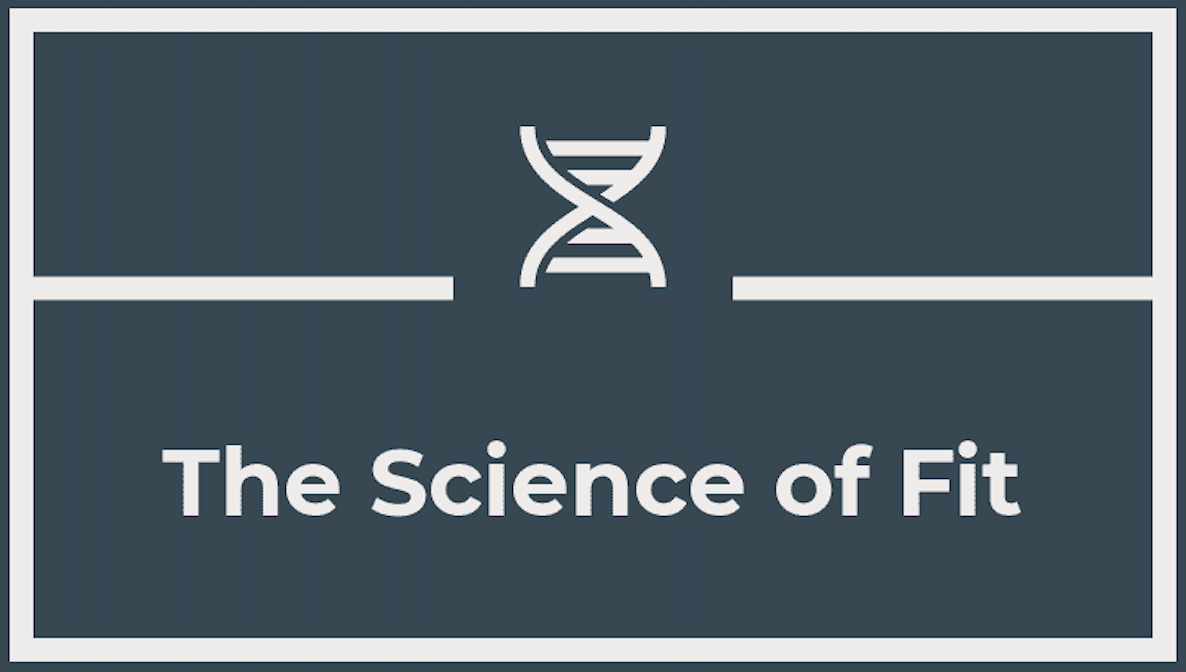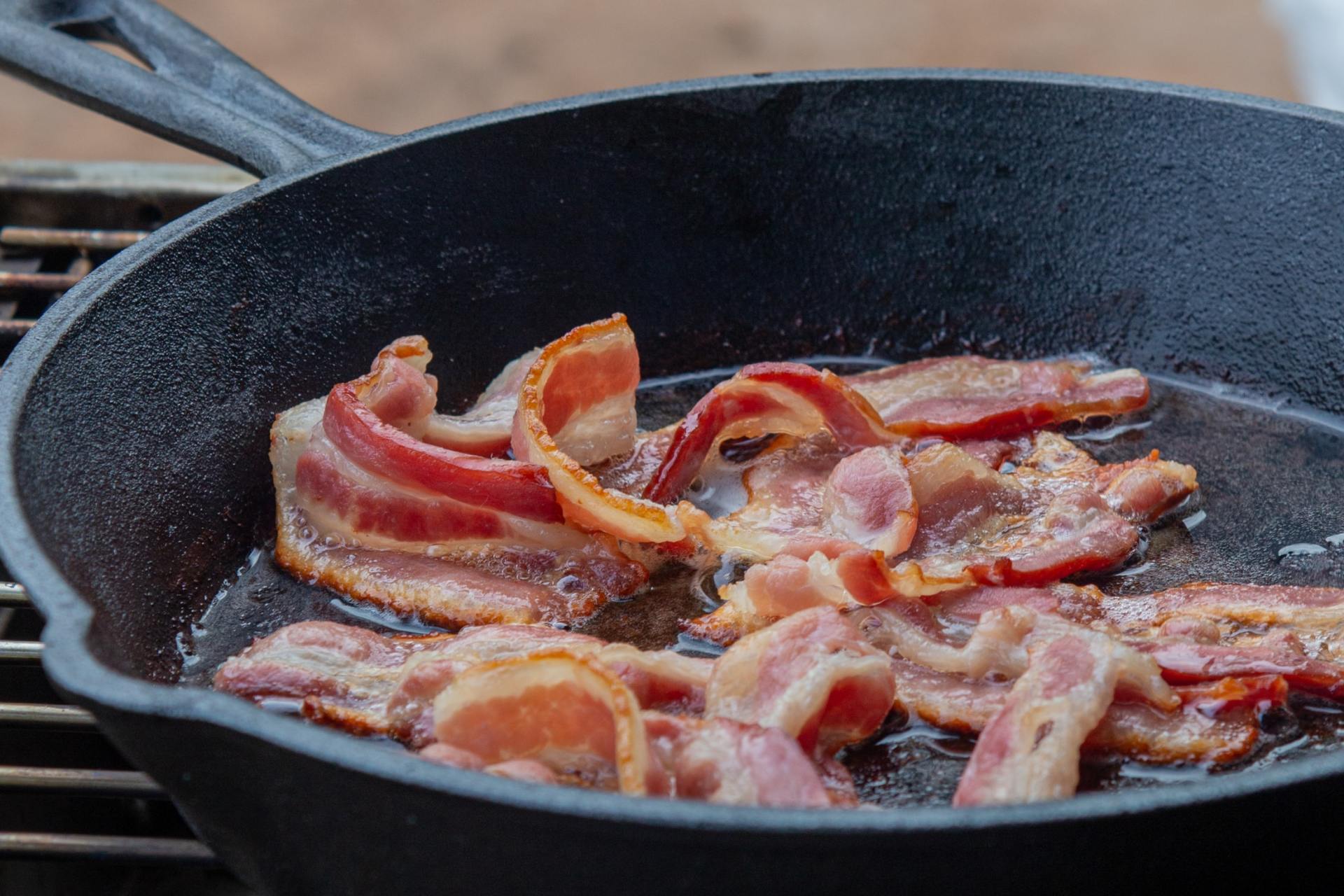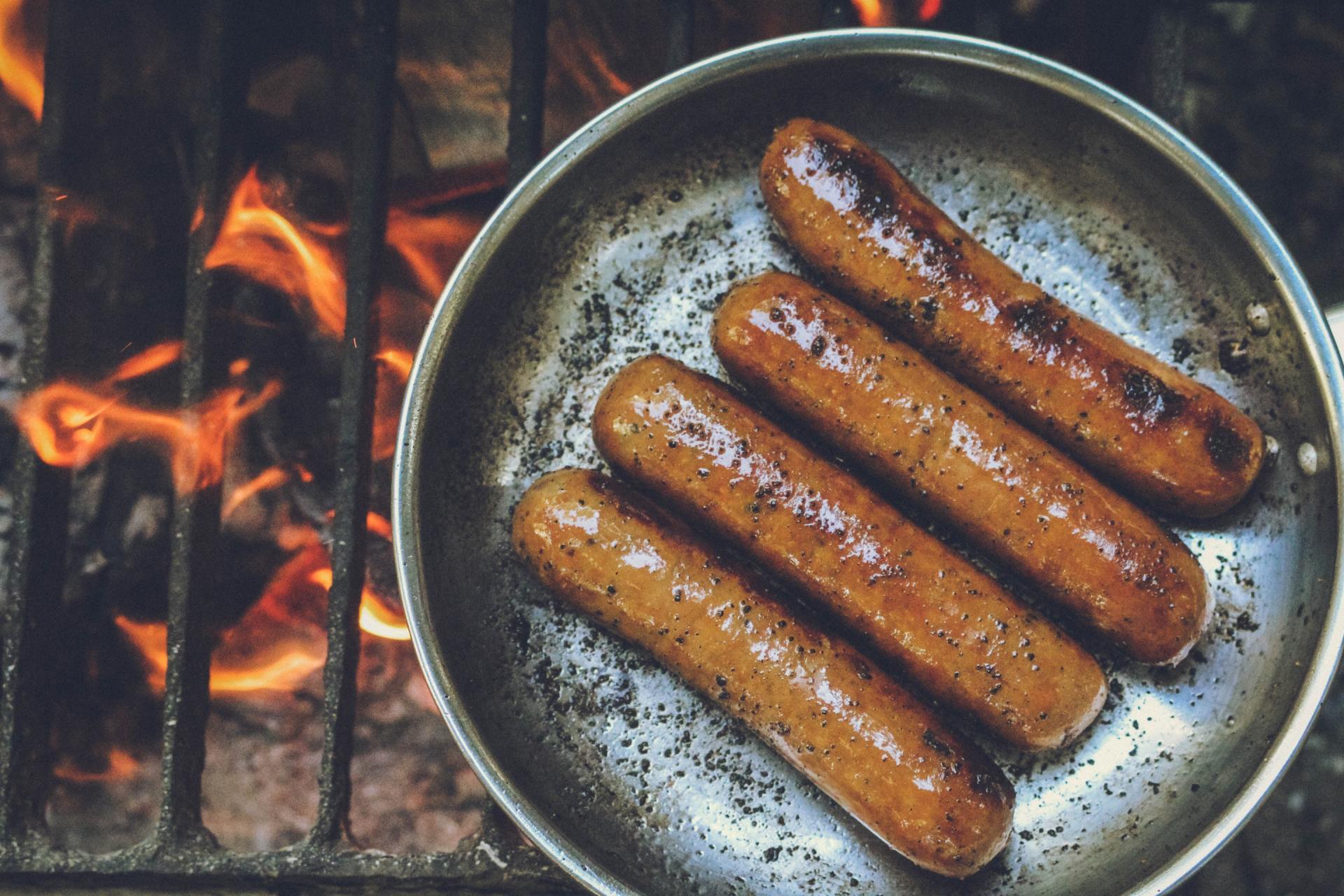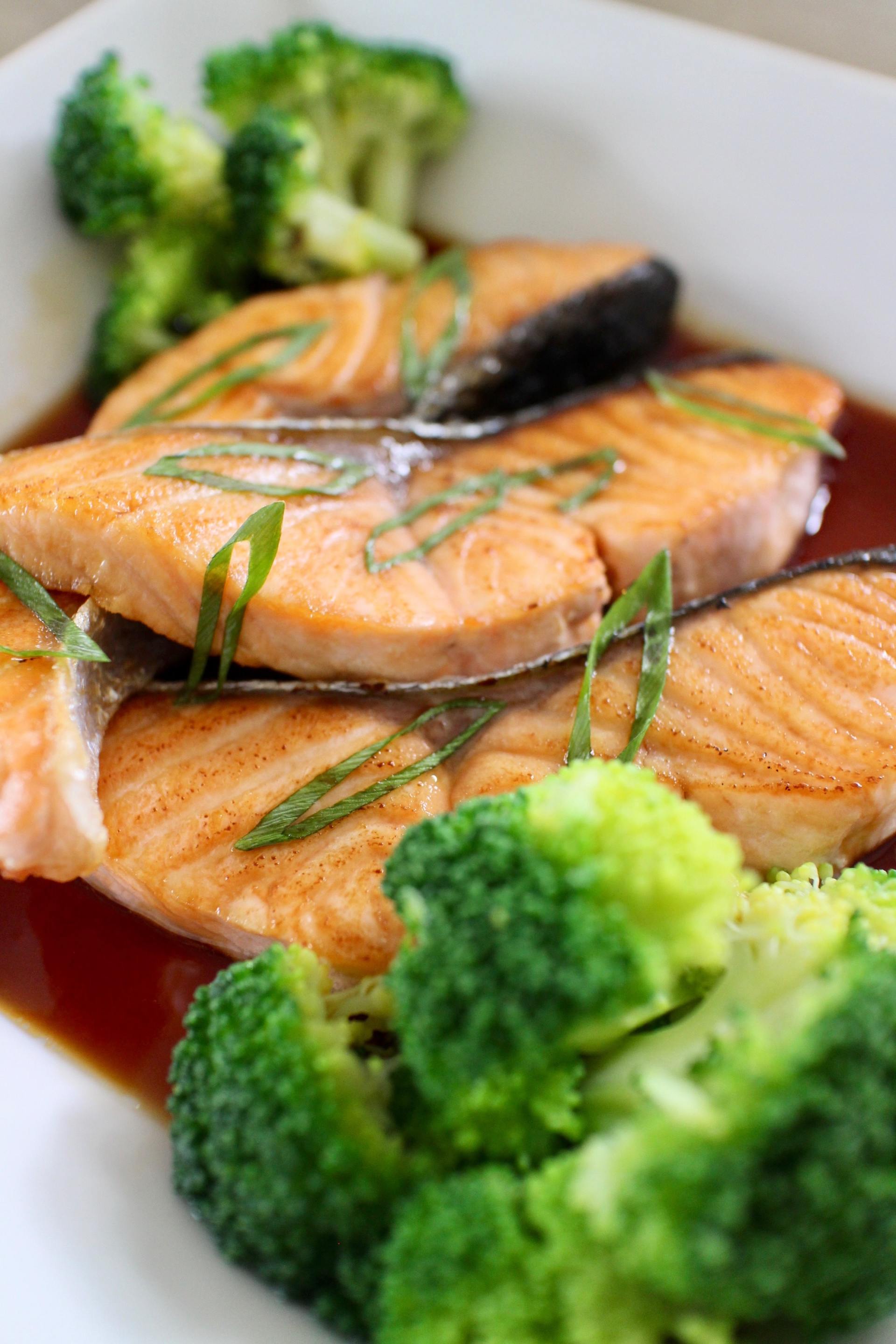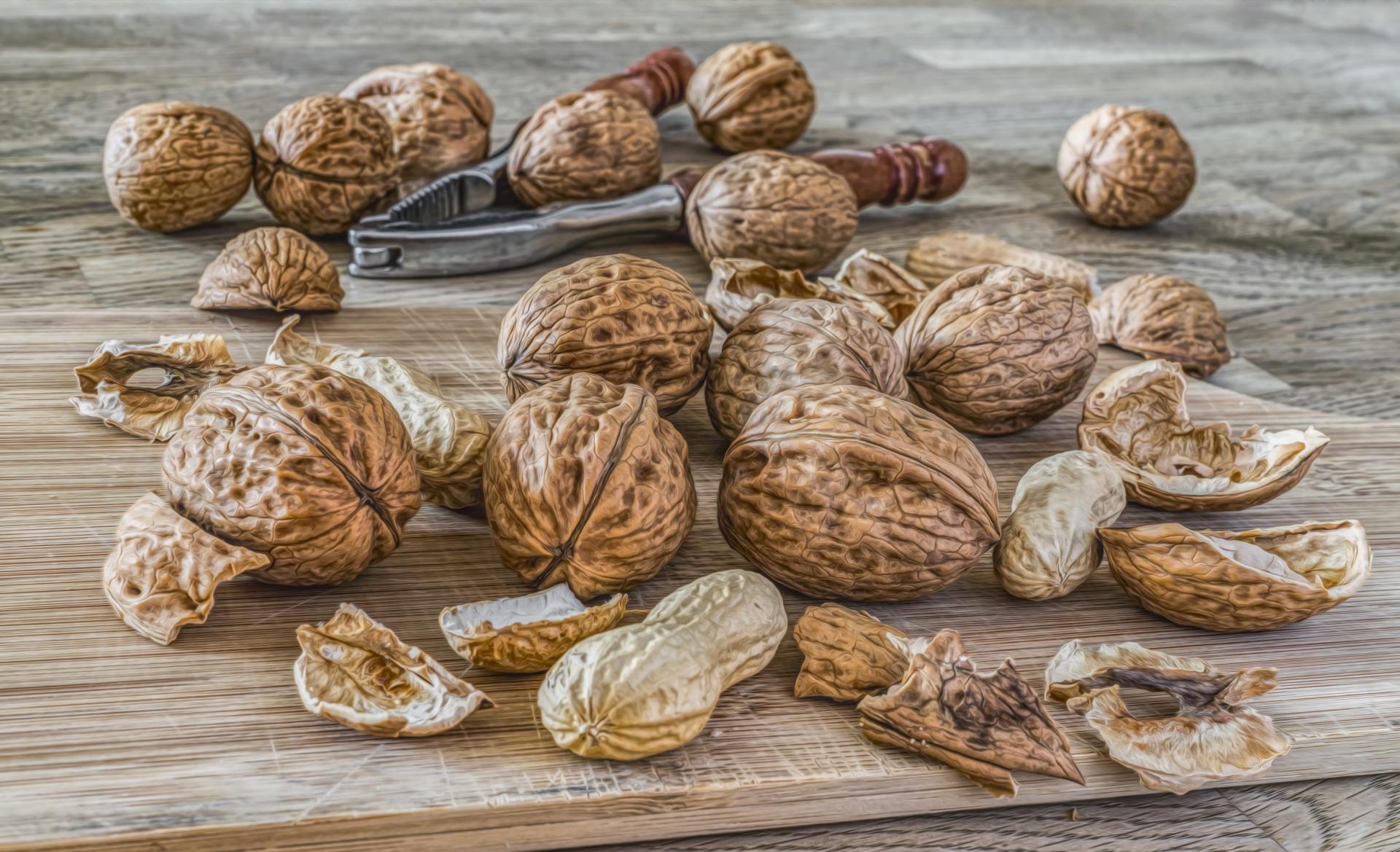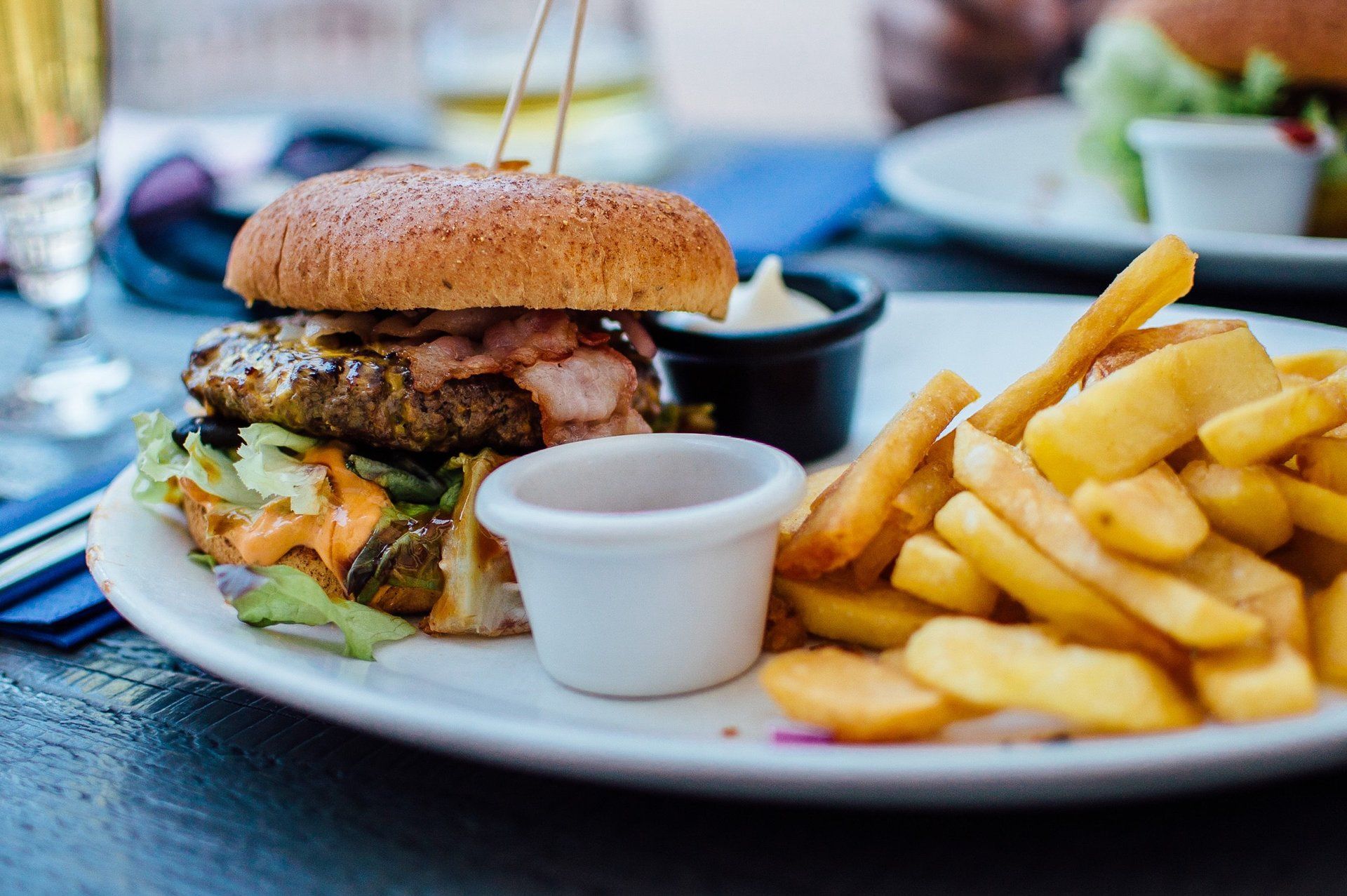The Misconceptions of Fat
The good, the bad, and everything in between
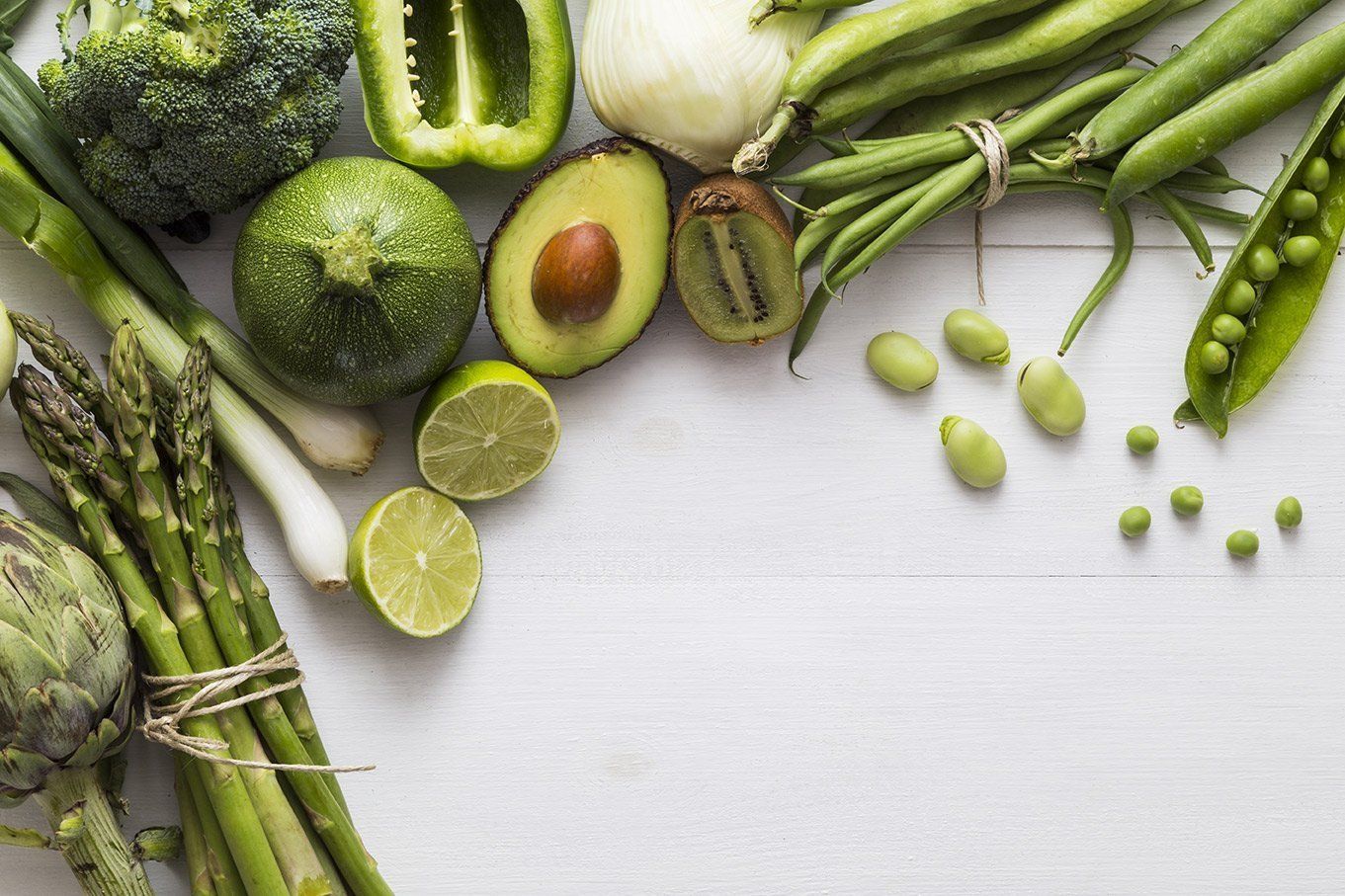
Slide title
Write your caption hereButton
Slide title
Write your caption hereButton
Slide title
Write your caption hereButton
There are a lot of misconceptions about fat. People usually think of french fries, junk food and other types of processed foods, however, in reality, there are several different kinds of fat. I'll try to do my best to break the main ones down and explain which ones are good and which ones you should stay away from.
Fatty acids, or commonly referred to as fats, are long chains of carbon and hydrogen atoms connected with varying types of head groups. There are four main types of fats found in our diets: saturated fats, monounsaturated fats, polyunsaturated fats, and trans fats.
Saturated Fats:
Saturated fats contain only single bonds between the carbons in its chain. They can be both healthy and not so healthy. A fat of hot debate in recent years is that of coconut oil. What is often glossed over is the existence of both long chain and medium chain forms.
The main difference between long chain fatty acids (LCFAs) and medium chain fatty acids (MCFAs) is how the body breaks down and utilizes the molecule. MCFAs contain chains of 6-12 carbons and are readily metabolized in the liver. LCFAs however, are transported into the lymphatic system where they can be taken up by fat tissue. Therefore, MCFAs do not specifically facilitate weight loss, but rather they can help prevent weight gain and obesity. They do this by having an increased energy expenditure in comparison to LCFAs. You can actually buy MCT oil by itself if you'd like. It can be added to meals in order to help make you feel more full so you don't crave other unhealthy foods.
That being said, there are also plenty of unhealthy saturated fats. These include processed meats like bacon and many of the lunch meats that you see prepackaged at grocery stores. In fact, within the past few years the World Health Organization classified processed meats as a probable carcinogen or cancer causing agent. Therefore, next time you are shopping for meat, try to look for organic or grass fed meat.
Monounsaturated Fats:
The next fat is monounsaturated fats. Chemically, the carbon chains on these molecules only have one double bond. Foods in this category are largely healthy and consist of things like nuts, avocados, and olive oil. This type of fat is good for your heart, helps lower your LDL (bad cholesterol) and has been shown to improve insulin resistance which can be very beneficial for people with type two diabetes.
Polyunsaturated Fats:
Similar to monounsaturated fats, polyunsaturated fats (PUFAs) can also have a lot of health benefits. Compared to the one double bond found in the monounsaturated fat carbon chain, PUFAs have more than one double bond in their chains. This category includes omega-3s and omega-6s. The numbers 3 and 6 refer to the position of the first double bond in the carbon chain in reference to the end. Omega-3s have been linked to reduced risk of cardiovascular disease and stroke in part due to their anti-inflammatory properties. Two great sources of PUFAs are walnuts and fish.
Trans Fats:
Finally, there are trans fats. These you should try to stay away from whenever you can. They are processed, chemically altered unsaturated fats with hydrogen atoms added to them. This process is called hydrogenation, hence "hydrogenated fats". These fats increase your LDL and have been linked to a higher prevalence of heart disease and stroke. Due to their chemical properties, trans fats are commonly found in baked goods and fried foods. Additionally, trans fats are cheap to produce and therefore are often found in bargain brands and low cost alternatives.
The important thing to take away here is that "fats" actually consist of multiple subcategories. Social media and myths have vilified fats in the past but they are actually a very important part of our diets. Some are bad, but by knowing which fats to look for can completely change your health.
If you are interested in learning more about the biochemical processes that make these fats beneficial or not, keep an eye out for a follow up article.
Contact Us
Contact Us
We will get back to you as soon as possible
Please try again later
